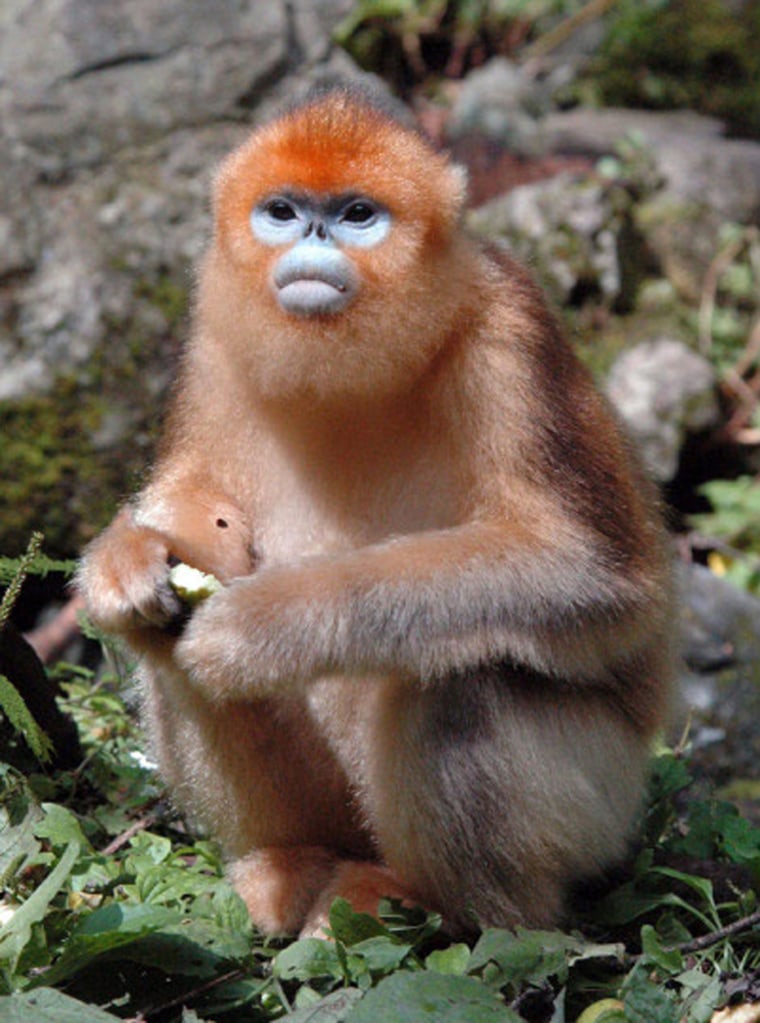Mount Everest and the Himalayan mountain range conjure images of yaks and Sherpas loaded with heavy packs. But tucked into the cold shadows of the world's tallest mountain are biologically diverse hotspots filled with poorly known plants and animals found nowhere else on the globe.
Scientists from Conservation International and Disney's Animal Kingdom recently launched a two-month scientific expedition into six regions of the Tibetan "Sacred Lands" in the mountains of southwest China and Nepal.
On Friday, they shed new light on a pocket of the world rich in extraordinary flora and fauna.
"The fact that we found so many new species in such a harsh environment, as well as documented several rare and endangered species, is good news for these two regions," said Leeanne Alonso, the expedition's lead scientist and vice president of Conservation International's Rapid Assessment Program.
Here's a sampling of the outlandish critters:
- Giant hornets so deadly locals call them "Yak Killers."
- Jumping "Yeti" mice.
- A new grasshopper species in which the males hitch piggyback rides on the females.
- Baby blue-faced golden monkeys, the region's largest primates.
- Hamsterlike pikas that eat their own feces.
- A couple of new frog species, eight new insect species, and 10 new species of ants to add to the more than 11,000 already known.
The full results of the expedition will be shared with governments, scientists and environmental and conservation organizations to develop strategies to protect the many unique species of the region.
"Local efforts by Tibetan communities through their 'Sacred Lands' are helping to prevent these plants and animals from going extinct and demonstrate that cultural values can play an important role in conservation," Alonso said.
Disney's film crew was rolling tape during the mission, for a two-hour documentary that will premiere April 15 at 8 p.m. ET on Discovery's Animal Planet.
